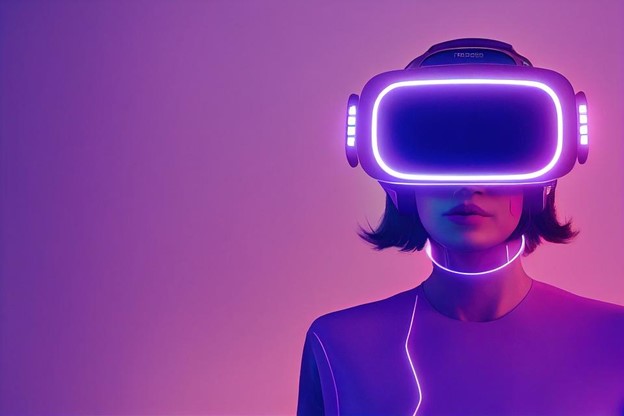Metaverse has gained more traction in the last year, and the technology will continue to develop in 2023.
Thanks to the Metaverse, the global economy’s value is expected to increase by $5 trillion by 2030. This forecast leaves nothing to chance, and 2023 will likely be a pivotal year in determining the course this virtual world will take. So let’s take a look at four major Metaverse trends for 2023.

1. Tangible Use Cases
The introduction of the Metaverse and overall experimentation have dominated 2022. Companies will now be providing more precise, concrete use cases that will effectively connect with customers and lead to greater prospects.
The Metaverse’s significant advantages will encourage scalability among businesses to provide more options for people to participate in virtual interaction in the digital realm.
2. Marketing Channels
The Metaverse will gain more traction among people with the help of marketing and promotion in 2023. The idea may not have fully developed yet, but companies from the biggest names in global finance, like JP Morgan and HSBC, to the leading names in global styles and trends, like Gucci and Nike, have already started establishing their Metaverse presences.
The appeal is clear to see. Customers constantly look for fresh and interesting ways to interact with the brands they want to buy from. The Metaverse is a communication route because of its emphasis on individual connections and user experience.
Companies will go all-out in 2023 to secure prominent online positions, whether by creating their platforms or taking over already-existing spaces like Meta Horizons and Decentraland.
3. Decentralization and Web3
Decentralization is one idea for the future form that the Metaverse will assume. Distributed ledgers and blockchain technology, in accordance with web3 advocates, will produce a new internet free from centralized corporate control. Decentralized metaverse platforms like Decentraland and The Sandbox are the foundation of this idea.
Purchasing rights of ownership will allow users to influence how the company creating the virtual domain is governed, eventually resulting in the emergence of virtual democracies. The idea of the Metaverse as a decentralized, democratic utopia contrasts slightly with the idea pushed by businesses like Microsoft and Meta, which seek to create exclusive digital universes that they will control. Further intriguing changes in this conflict will be seen in 2023.
4. Virtual Cities
Virtual cities have already begun to appear in the Metaverse. A virtual representation of the real world is being built through initiatives like Umetaworld. Through this, people can engage in a 3D space while staying home. The users of these decentralized projects can also own real estate and other things in the virtual world using NFTs.
These initiatives might have an impact that extends beyond the digital world. For example, they could assist in increasing the availability of services that people need. Businesses are already investigating how VR could improve accessibility for public transit. Governments may also utilize these technologies in 2023 for crisis and safety upgrades.
Customers with VR headsets could have smoother urban mobility by using augmented reality charts with real-time information on the rush hour status. All of these services might be created on a platform that is made up of virtual cities.
Final Thoughts
There may be more interest in the Metaverse and its uses in 2023. How the market develops will determine a lot of things. Future metaverse technology can revolutionize many different industries. It will provide new avenues of investment to technology enthusiasts, and companies that are quick to act on the opportunities presented by the Metaverse will gain an edge over other players in the market.
